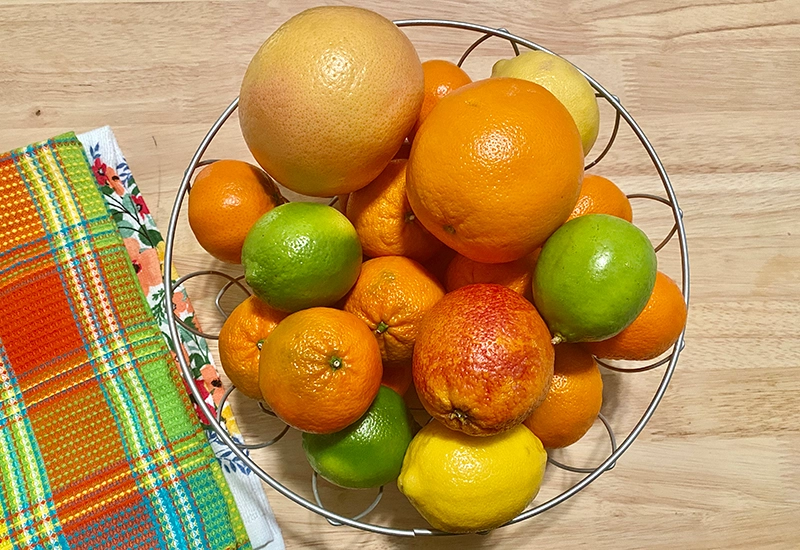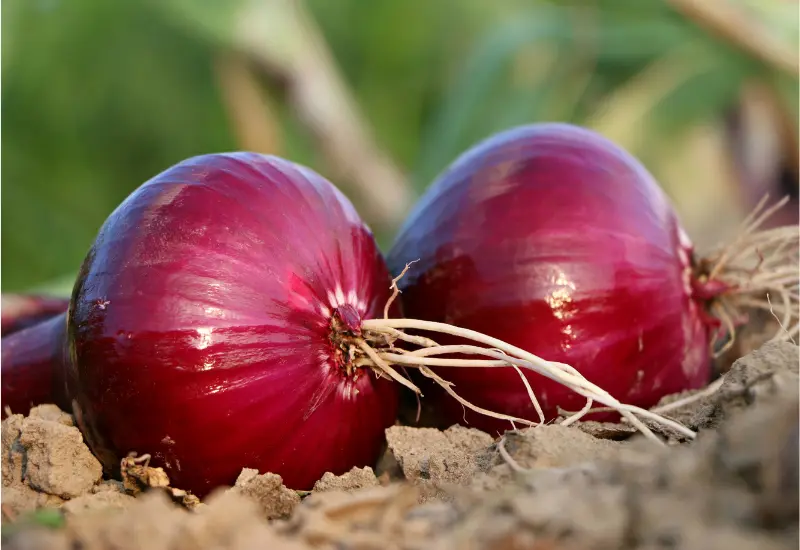Scent leaf, sometimes called Ocimum gratissimum or African basil, is categorized as an herb, similar to cloves, another herb known for their aromatic properties and health benefits. It is an herb used in cooking, especially in West African cuisine, to provide taste to meals. Although it isn’t usually consumed as a main vegetable, it can be regarded as a vegetable ingredient when used in salads and pepper soup.
In the Nigerian market, the leaf is one of the most frequently used and sold leaves. Although it can be used for a variety of things, food and medicine are the most popular uses. Aside from its lovely scent, this herb’s health advantages are what make it so popular for culinary use.
Due to their distinct flavor and therapeutic properties, which are a result of their origin as herbs, scent leaves are commonly used in a variety of Nigerian recipes, both local and national. We’ll examine how scent leaves are cultivated, the health advantages of consuming them, and how to make authentic Nigerian scent leaf soup in this post.

How scent leaves are grown:
Ocimum gratissimum, the botanical name for fragrant leaves, is a kind of basil, a culinary herb used in cuisine all over the world. They are sometimes referred to as African basil due to their prevalence throughout Africa. These leaves also acquire regional names, such as nunum in Akan, the primary language of Ghana, efirin in Yoruba, daidoya in Hausa, and nchanwu in Ibo.
Scent leaves can be grown in two tried-and-true methods:
The Seed Method
Due to their small size, fragrance leaf seeds must be handled carefully. They can be planted indoors or out during the nursery stage.
Fill a pot or plastic container with sandy loam or loamy soil to plant indoors. You can either distribute the smell leaf seeds over the soil or create holes in the dirt and then fill them in. After giving the seeds a little water, let them sit for up to three days. You ought to observe seedlings emerging from the ground by the third day. Place the container in the direction of the sun or move it to your home garden.
Scent leaves can also be planted straight in your home garden. The indoor procedure is comparable to the planting procedure. To monitor the growth over the first few days, you might want to think about using a garden sign to designate the planting locations. Expert gardeners see that seedlings blossom in no more than two weeks.
Method of Cutting
Due to fragrance leaf seeds’ sensitivity, home gardeners may observe weak seedlings that wither after budding or nonperforming seeds. This can be avoided by using the cutting approach.
Obtain a few cuttings (the thin stems) from mature smell leaf plants in order to plant scent leaves in this manner. Plant the cuttings upright in the holes you have dug in your garden. After insertion, fill the holes with water and any remaining soil. After seven to twelve days of observation, look for indications of growth. As the leaves begin to form, keep watering the cuttings and observe how they develop into fragrant leaf plants.
The Advantages of Fragrant Leaves for Health
Essential oils and bioactive substances found in scent leaves have several therapeutic uses. The distinctive perfume of scent leaves is caused by eugenol, a substance having antioxidant qualities. Flavonoids that reduce inflammation, cineole for its fresh fragrances and antibacterial qualities, and camphor, which has a cooling effect, are also found in fragrant leaves.
Scent leaves are found in human bodies.
Encourage Digestive Health
It is well known that scent leaves can help the digestive system. They aid in the digestion and absorption of nutrients by inducing the synthesis of digestive enzymes. Additionally, the herb works well for indigestion, constipation, and bloating. It is a natural treatment for diarrhea and upset stomachs because of its antibacterial qualities, which help fight off harmful bacteria in the gut. Consuming fragrance leaves on a regular basis, whether in teas or soups, can help maintain a healthy digestive system.
Disperse Antimicrobial Characteristics
The ability of fragrance leaves to combat harmful germs is one of its most important advantages. Scent leaves, which are rich in eugenol, thymol, and camphor, have been used to cure fungal and bacterial diseases.
When used in cooking, its antibacterial qualities make it a useful component for reducing the risk of foodborne infections and improving general cleanliness. They can also stop the bacteria that causes mouth odor and foul breath from growing.
Are Effective Anti-Inflammatory Drugs
Many chronic diseases, such as heart disease and arthritis, are largely caused by inflammation. Eugenol, a chemical found in other organic materials like cloves, is found in scent leaves and has been demonstrated to lower inflammation in the body.
Scent leaves have the ability to calm irritated tissues and lessen inflammation-induced pain. This impact also extends to the respiratory system, where it can alleviate the symptoms of inflammatory airway disorders such as asthma.
Improve the Health of Your Respiratory System
Because of their calming and antispasmodic qualities, scent leaves are a natural treatment for respiratory disorders. Colds and coughs can be effectively treated by drinking tea made from the leaves, which helps to remove mucus and reduce congestion. It has been used in traditional medicine for generations to treat respiratory conditions like tightness in the chest.
Enhances the Immune System
Because of their calming and antispasmodic qualities, scent leaves are a natural treatment for respiratory disorders. Colds and coughs can be effectively treated by drinking tea made from the leaves, which helps to remove mucus and reduce congestion. It has been used in traditional medicine for generations to treat respiratory conditions like tightness in the chest.
Boost the Immune System
The body’s natural defenses are greatly strengthened by fragrance leaves, which include vitamins like A and C. The antibacterial qualities of the plant also contribute to the prevention of illnesses and the enhancement of general health. Regularly consuming fragrance leaves helps strengthen the immune system’s defenses against infections, preventing disease. When illnesses are more prevalent during seasonal changes, it is very helpful in preserving health.
Boost Skin Healing
In traditional medicine, scent leaves have long been known for their capacity to promote skin health and hasten the healing of wounds. The leaves’ anti-inflammatory qualities reduce redness and irritation, and their antibacterial ingredients aid in the treatment of acne and mild skin infections.
By lowering the danger of infection and promoting tissue repair, these herbal leaves help hasten the healing process when ground into a paste and applied to wounds.
Aids in the Regulation of Blood Sugar
There are compelling reasons that fragrance leaf aids in the management of diabetes, even though research on this topic is still in its infancy. For people with type 2 diabetes in particular, the herb may help control blood sugar levels and enhance insulin sensitivity. One useful technique to keep an eye on post-meal glucose rises is to incorporate fragrance leaves into meals.






